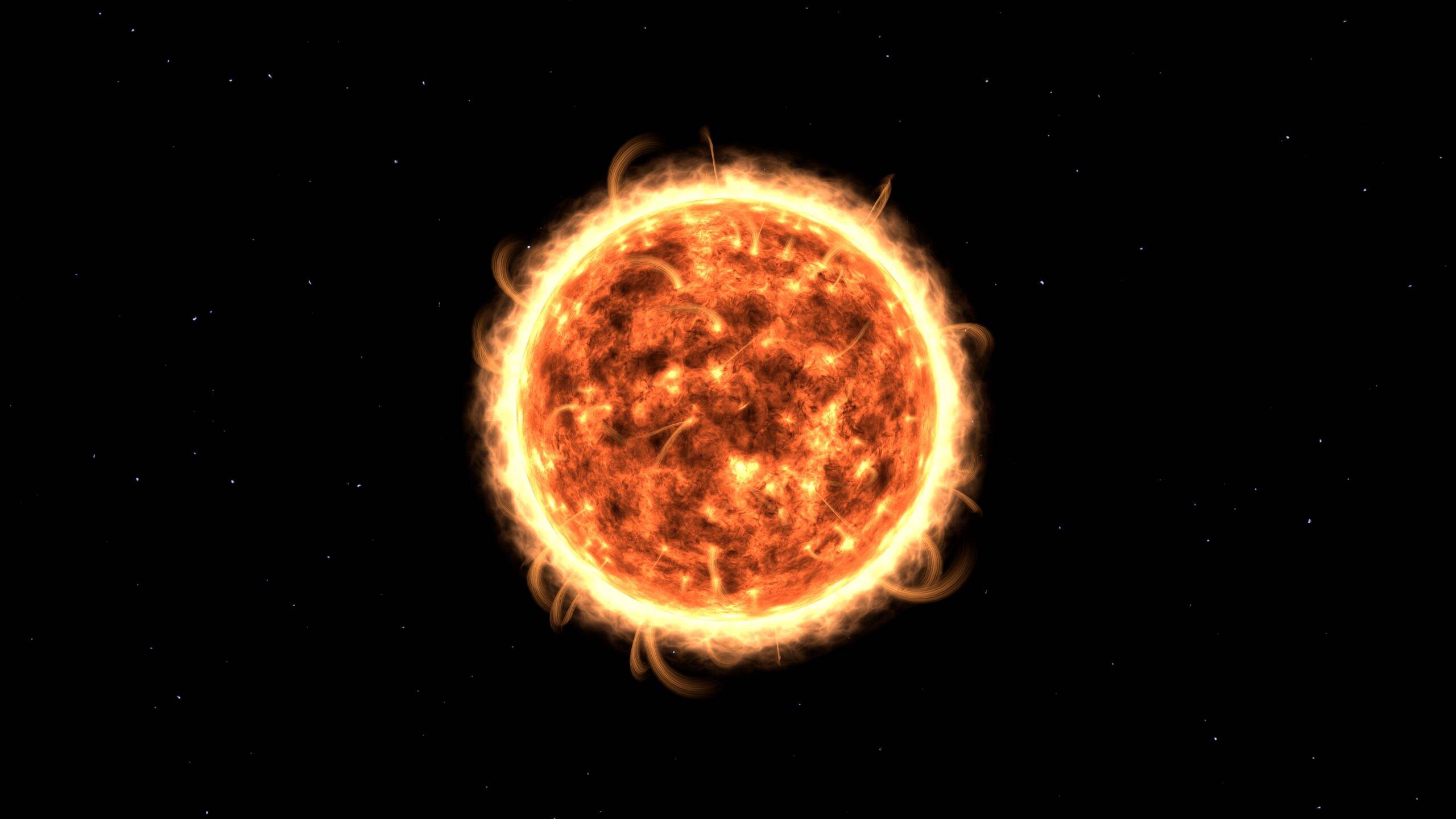Solar Flare Risks Ease with Coronal Hole Turning Its Back

The colossal coronal hole, wider than 60 Earths, that had scientists watching the skies with bated breath is finally turning the corner. This dark patch on the sun’s surface, known for blasting out solar wind, is slowly rotating away from Earth, significantly reducing the risk of geomagnetic storms and potential disruptions to technology and communication systems.
Initially, experts braced for a potential G2 geomagnetic storm, capable of triggering radio blackouts and auroras stretching far beyond the usual polar regions. However, the intensity of the solar wind emanating from the hole has remained lower than anticipated.

Coronal holes are areas in the sun’s outer atmosphere where the magnetic field opens up, allowing solar wind to escape more readily. Solar storms, which can include solar flares and coronal mass ejections (CMEs), are often associated with these coronal holes. When the coronal hole rotates away from Earth, the chances of the solar wind impacting our planet decrease, reducing the risk of geomagnetic disturbances and potential disruptions to technology and communication systems. The longevity of the current coronal hole on the sun remains uncertain; however, NOAA’s historical data suggests that previous coronal holes have endured beyond a single solar rotation, which typically spans about 27 days.
How Solar Flares are Classified?
Solar flares are classified into five main categories: A, B, C, M, and X, each representing a different level of energy release. A-class and B-class flares are the weakest, with minimal impact on Earth. C-class flares are of moderate strength and may cause minor radio disruptions. M-class flares, of moderate strength, can lead to brief radio blackouts and minor disruptions to communication systems. X-class flares are the most powerful, capable of causing widespread radio blackouts, satellite damage, and disturbances in power grids. The combination of a letter and number in each class (e.g., B2, C1, M5, X9) specifies the flare’s intensity within its class, with higher numbers indicating greater strength.
Adding to the solar activity, an X5.0 X-flare was reported on December 31, 2023, causing reported blackouts in some areas. Just yesterday, on Thursday, January 4th, a moderate M3.88 flare erupted from sunspot region 3536. According to the reports from Space Weather Live, the likelihood of M-class flares persists, with a 40% chance each day until January 7th. Even a 15% chance of X-class flares remains, keeping astronomers and space weather monitors on high alert.
Despite the weaker-than-expected solar wind from the coronal hole, geomagnetic activity could still pick up. The Space Weather Live predicts a 10% to 20% chance of active geomagnetic conditions in middle latitudes in the coming days. This could translate to vibrant auroras visible in high-latitude regions like Alaska, Canada, and Scandinavia.
Read More: Zuckerberg’s Bunker Plans Fuel Speculation on Billionaires Building Bunkers
Stay informed with Decode Today! Subscribe for the latest updates on global news, businesses, market trends, technology, and the economy.
